Best Foods to Eat in Each Decade of Life
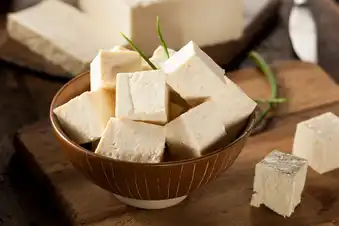
In Your 20s: Foods With Protein
Most Americans get plenty of protein, which helps your body build and heal muscle. But active young people, especially those who play sports, may need more. Good sources include lean meat, fish, and dairy products, as well as plant-based sources like beans, lentils, nuts, seeds, and tofu. Tofu has the added benefit of lots of fiber, which is something many younger people could use more of in their diet.
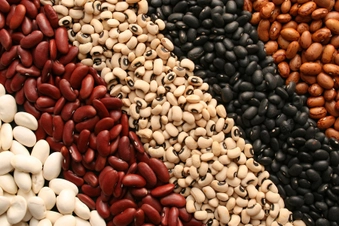
In Your 20s: Complex Carbohydrates
Carbs are your body’s preferred source of fuel for energy. Complex carbs take longer for your body to break down and digest, giving you more energy and helping you feel full longer. Good sources of these include beans, quinoa, oatmeal, and whole-wheat bread.

In Your 20s: Calcium-Rich Foods
Calcium can help strengthen your bones and teeth. This is especially important during your 20s, when your bones reach their maximum size and strength. Dairy products like milk, yogurt, kefir (a fermented milk drink that has the texture of a thin yogurt), cottage cheese, and low-fat cheese are good sources of calcium. They also have other important nutrients, like vitamin D, potassium, and protein.

In Your 20s: Iron-Rich Foods
Iron helps carry oxygen throughout your body and gives you energy. A lack of iron can lead to anemia. That's when your blood doesn’t have enough red blood cells to carry oxygen the way it should. Young women are especially likely to be low in iron, but foods like beans, raisins, spinach, and lean red meat can help. Don’t take iron supplements unless your doctor says so.
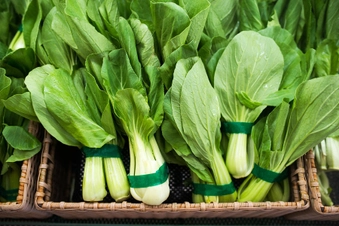
In Your 30s: Bok Choy
Most adults don’t eat enough fruits and vegetables, so it’s a good idea to make the ones you do eat count. This nutritional powerhouse gives you a lot of bang for the buck. Like other dark, leafy greens, bok choy is a good source of vitamins K and C, folate, selenium, beta carotene (which your body changes into vitamin A), antioxidants, and quercetin. But it also has magnesium, potassium, and calcium. For a twist, try roasting it.
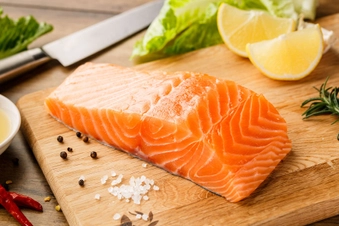
In Your 30s: Fatty Fish
Omega-3 fatty acids are nutrients that protect your brain and heart. They’re especially important for women who are pregnant and breastfeeding, as many women are in their 30s. Fish that are low in mercury are great sources of omega-3s, like salmon (canned or fresh), sardines, and freshwater trout.
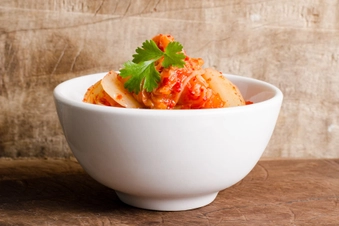
In Your 40s: Fermented Foods
Your gut has a close connection to your immune system and your overall health. As you get older, it's even more important. Foods that have probiotics (good bacteria) and natural prebiotics (food for good bacteria) can help keep your gut healthy. Good sources of probiotics include yogurt, kimchi, and sauerkraut. Foods with prebiotics include onions, garlic, leeks, asparagus, artichokes, beans, and whole-grain foods.

In Your 40s: Bright Fruits and Vegetables
Fruits that are dark, as well as those that are bright, have antioxidants. They help protect your cells from damage that can lead to serious conditions, like cancer, as you age. Fruits and vegetables in a variety of colors -- orange, purple, red, yellow, green, blue -- can give you a full a range of nutrients and set the stage for good health in your later years.
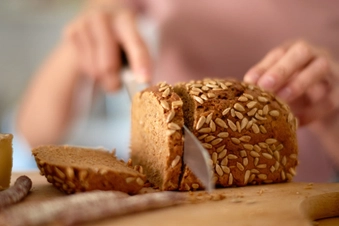
In Your 40s: Whole Grains
These are a good source of fiber, which can make you feel fuller longer. Paired with lean protein and produce, whole grains are an important part of a balanced diet. Most whole grains have the added benefit of other nutrients as well.
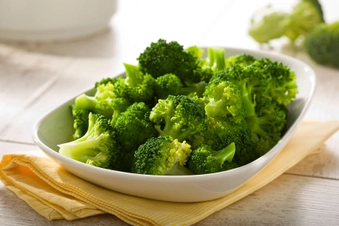
In Your 50s: High-Fiber Vegetables
Eating fiber can help keep you regular. That's important as you get older. High-fiber vegetables, like broccoli, cauliflower, Brussels sprouts, and cabbage, work especially well for this. They also have a lot of water, which makes the fiber work even better.

In Your 50s: Turmeric
Studies show that some turmeric extracts can help ease the pain and other issues associated with osteoarthritis. That's a common form of arthritis that usually starts after age 50 and typically affects your hands, hips, and knees. Experts also continue to explore if these extracts might help lower cholesterol and manage depression. You can put turmeric on vegetables, or meats like chicken and fish. You could also use it as part of a marinade. There are even recipes for turmeric tea.
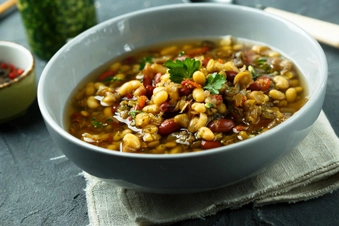
In Your 50s: Plant-Based Protein
Getting more of your protein from plants instead of animals lowers the amount of saturated fat in your diet. That can lower your chances of high cholesterol and heart disease. Beans and lentils also give you magnesium, potassium, iron, folate, and fiber and can help protect your cells. For a meaty flavor, try adding crumbled tofu or ground nuts.

In Your 50s: Eggs
Choline is a nutrient your body needs for important functions like memory, muscle control, mood balance, and breaking down fats. Men older than 50 need 550 milligrams and women need 425 milligrams per day, but most people tend to get much less than that. Eggs are the best food source of choline.
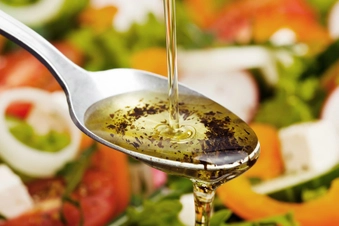
In Your 60s & Beyond: Olive Oil
Heart health is crucial in these years, and olive oil is a great source of unsaturated fats, which help protect your heart -- and your brain, too. A little splash also adds a lot of flavor. Try tossing veggies in it, then adding your favorite fresh herbs or spices and roasting at 425 F for 25 to 30 minutes.
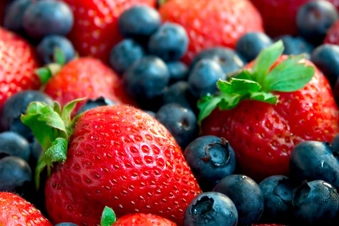
In Your 60s & Beyond: Berries
Strawberries and blueberries are high in anthocyanins. Those are chemicals that help lower your blood pressure and keep your blood vessels healthy. They’re also naturally sweet but low in sugar, so they make a great snack. Aim to have them at least two or three times a week.
Show Sources
Photo Credits:
1) bhofack2 / Getty Images
2) FotografiaBasica / Getty Images
3) Eva-Katalin / Getty Images
4) Fpm / Getty Images
5) Yarygin / Getty Images
6) ASMR / Getty Images
7) Nungning20 / Getty Images
8) AlexRaths / Getty Images
9) EXTREME-PHOTOGRAPHER / Getty Images
10) Eyewave / Getty Images
11) AD077 / Getty Images
12) Mariha-kitchen / Getty Images
13) Ridofranz / Getty Images
14) DirkRietschel / Getty Images
15) Kcline / Getty Images
SOURCES:
Melissa Majumdar, registered dietitian and licensed dietitian nutritionist; bariatric coordinator, Emory University Hospital Midtown; spokesperson, Academy of Nutrition and Dietetics.
Center for Young Women’s Health: “Protein.”
Physicians Committee For Responsible Medicine: “The Carbohydrate Advantage.”
American Academy of Orthopaedic Surgeons: “Healthy Bones At Every Age.”
MicrobialFoods.org: “Dissecting the Microbial Diversity of Kefir.”
Academy of Nutrition and Dietetics: “Iron,” “Prebiotics and Probiotics: Creating a Healthier You.”
CDC: “Only 1 in 10 Adults Get Enough Fruits or Vegetables.”
Natural Resources Defense Council: “The Smart Seafood Buying Guide.”
Osteoarthritis Research Society International: “What Is Osteoarthritis?”
National Institutes of Health, Office of Dietary Supplements: “Choline.”
Harvard Health Publishing: “Eat Blueberries and Strawberries Three Times Per Week.”
Unity Point Health: "Does Turmeric Reduce Inflammation?"